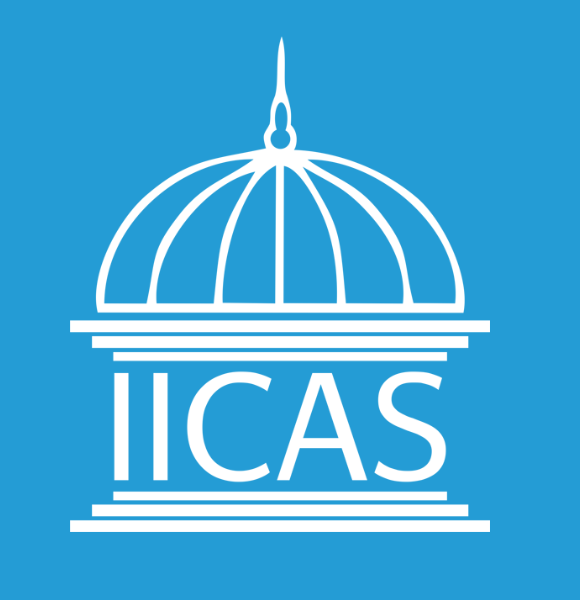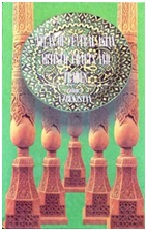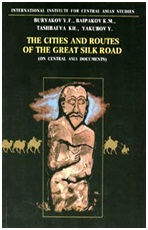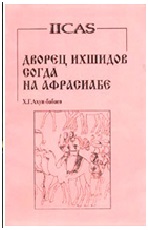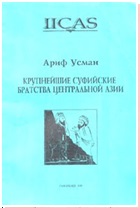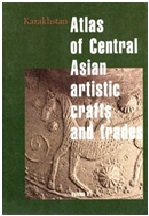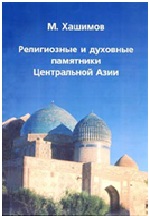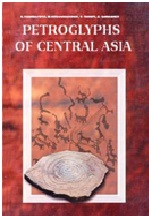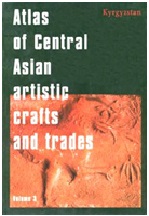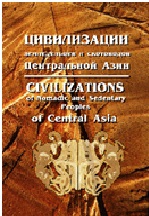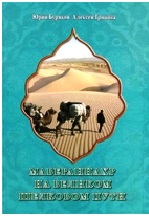Atlas of Central Asia Artistic Crafts and Trades. Vol. I. Uzbekistan
The publication reflects the history of development and the current state of affairs in Uzbek folk artisanship. On the basis of great ethnographic and archive material, the authors give an account of such traditional crafts, as pottery, brass embossing, jewellery, woodcarving, wooden utensils production, alabaster carving, mural painting, papier-mache painting and others. Great attention has been paid to the production of national music instruments, carpets, decoration materials, leather goods and knives. The book contains a detailed analysis of decorative embroidery with gilded laces, one of the most striking examples of Uzbek folk art. The book is written in English and is well illustrated with color and b/w photos of today as well as of the 19-20th centuries. This publication is the first volume in a series devoted to folk arts and crafts of Central Asian people.
